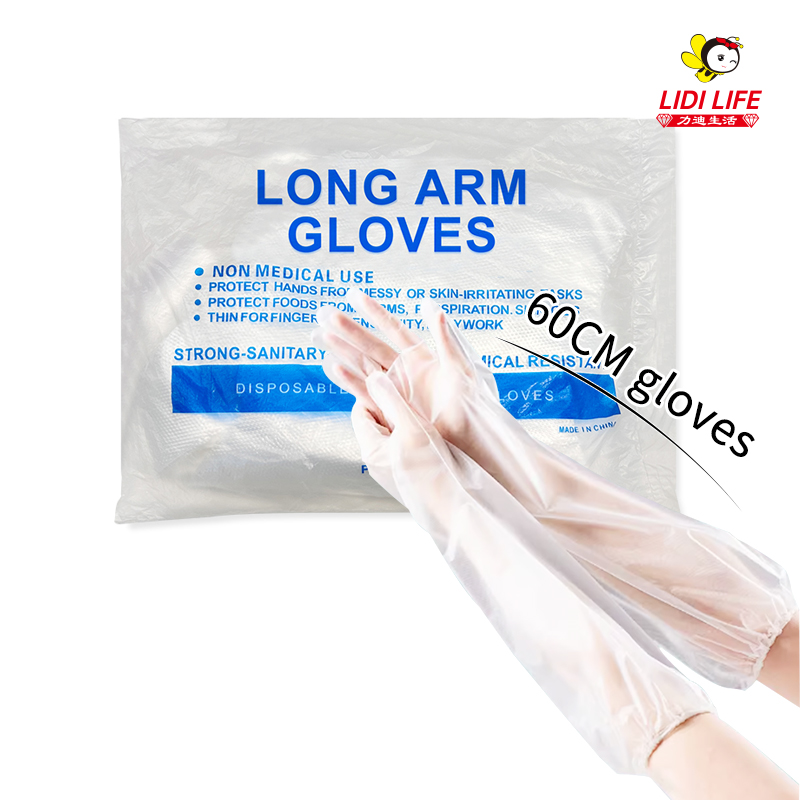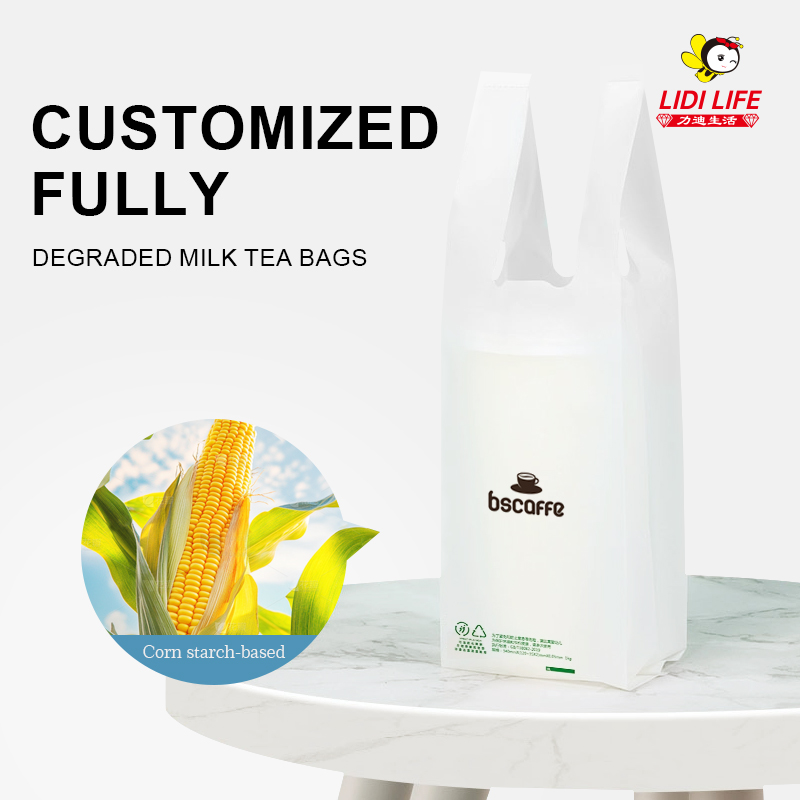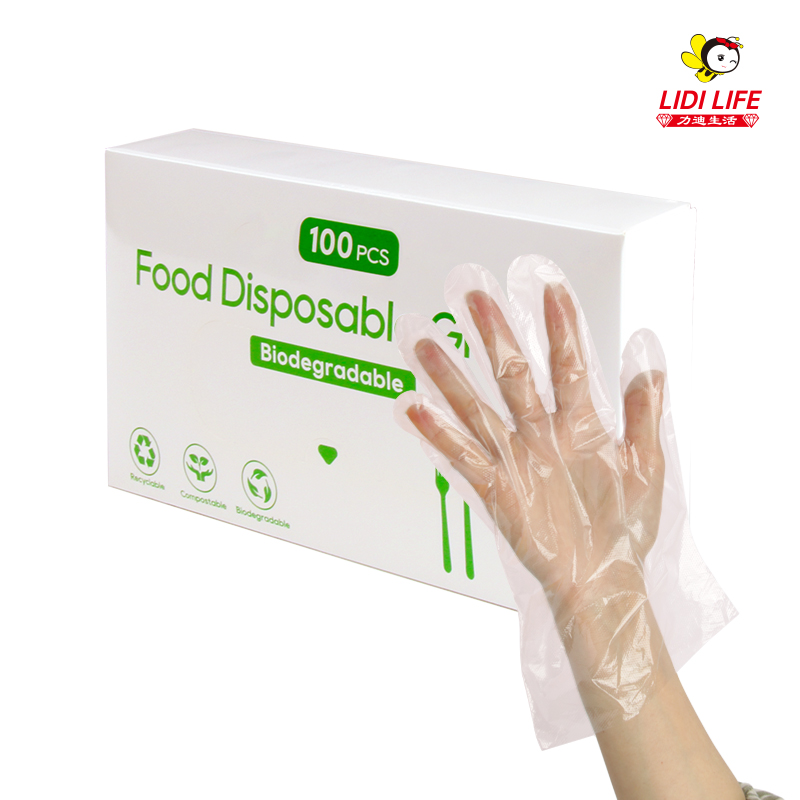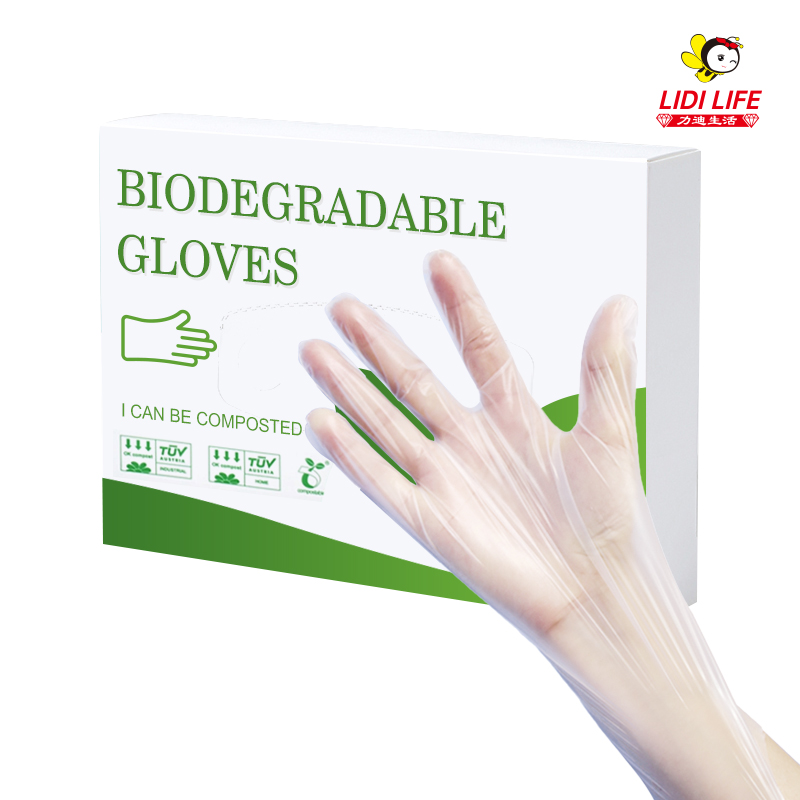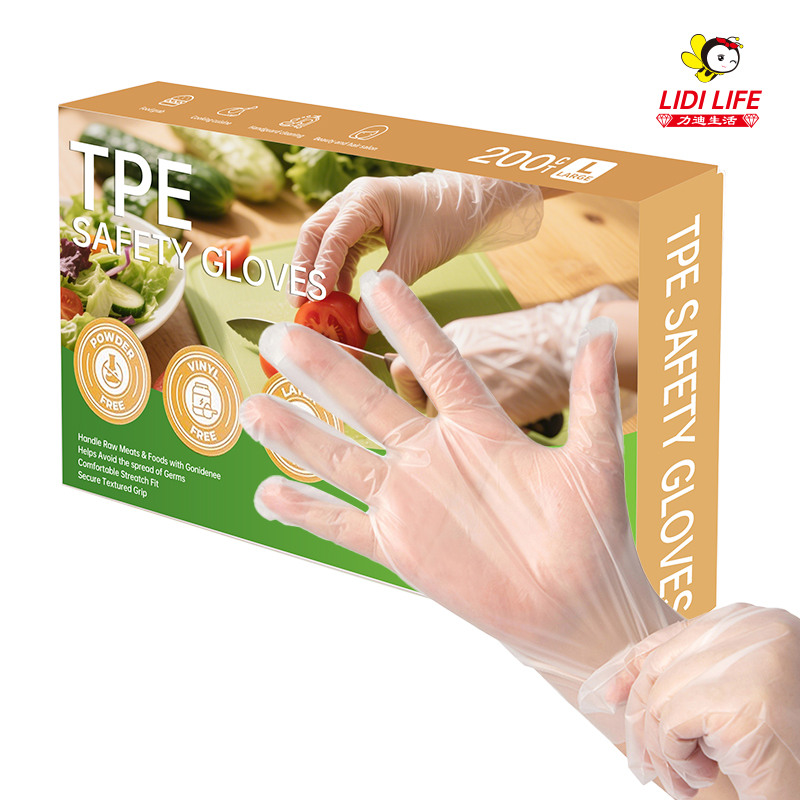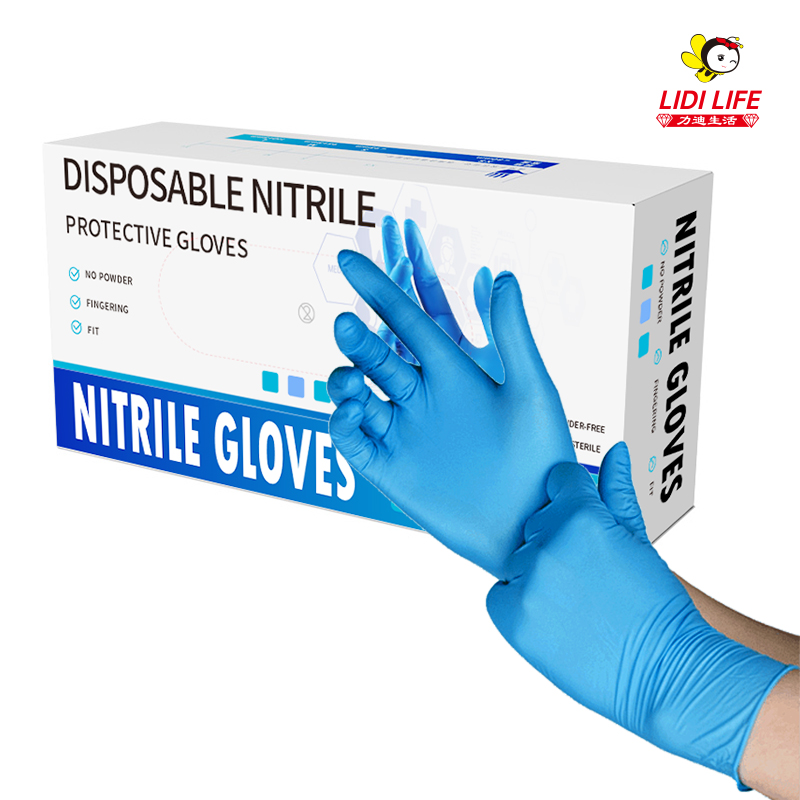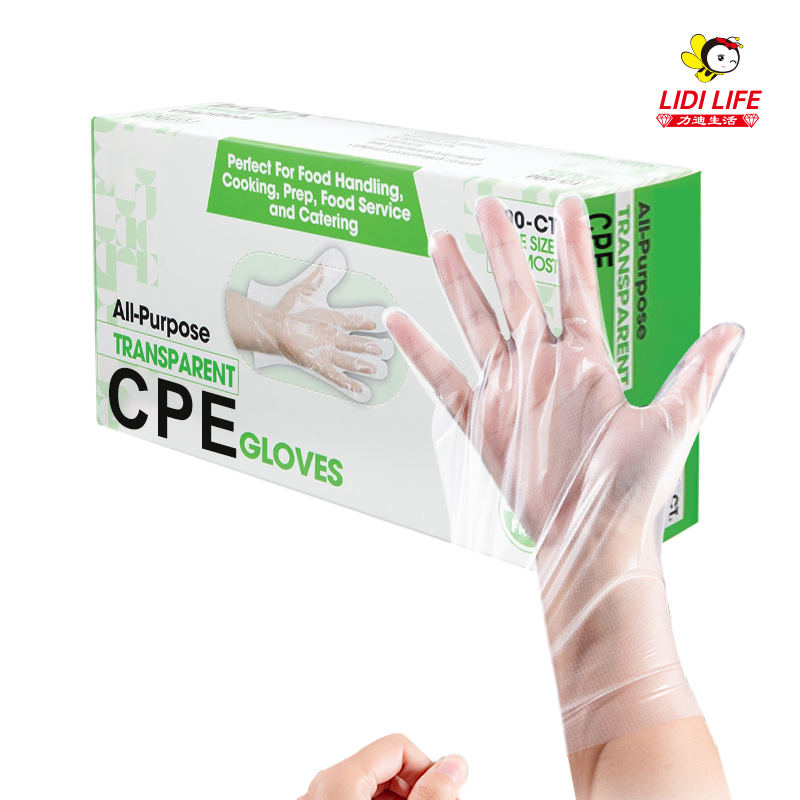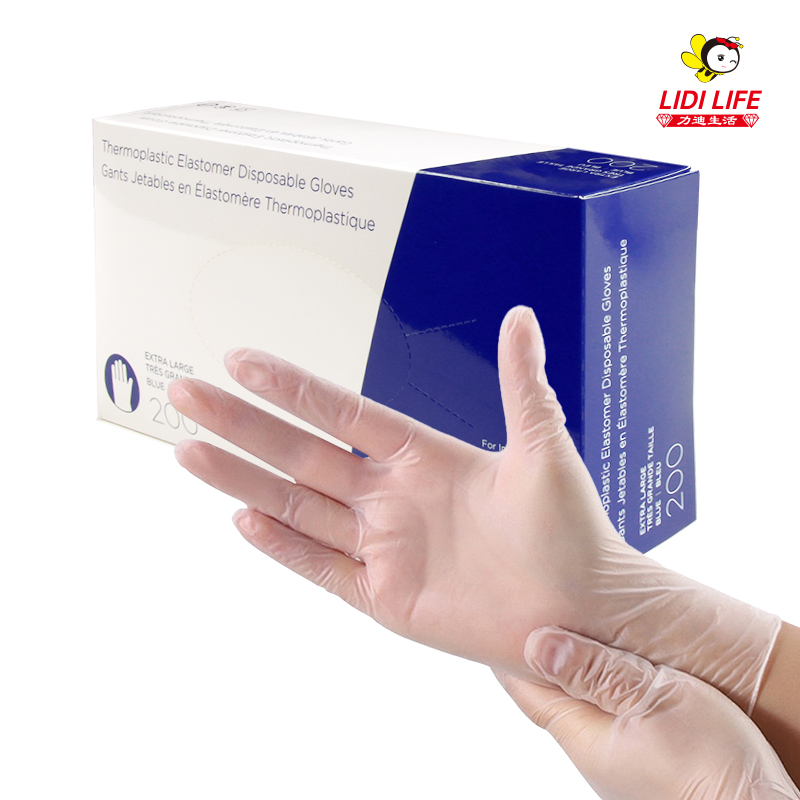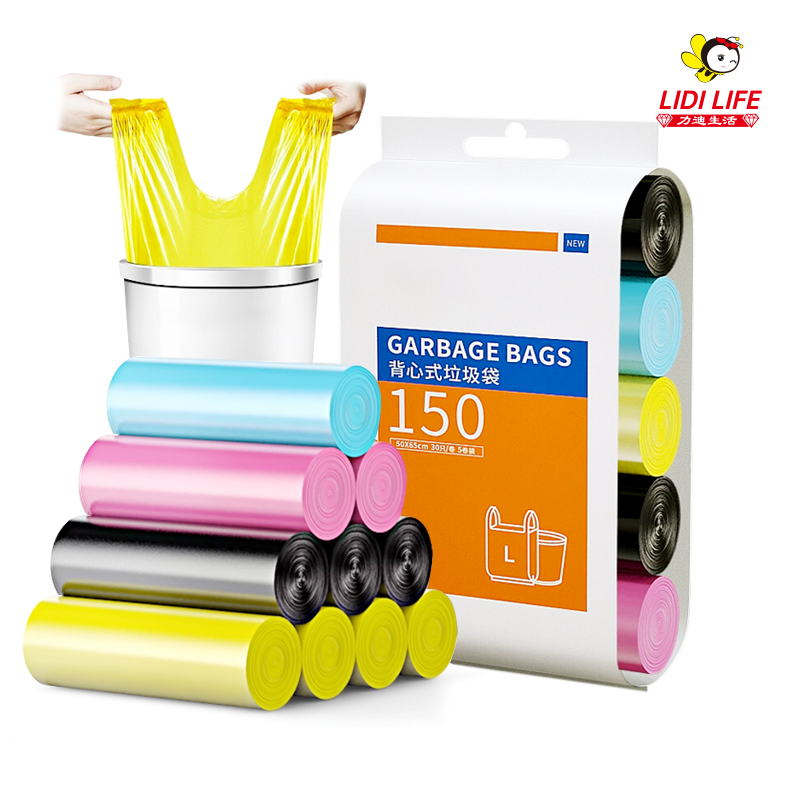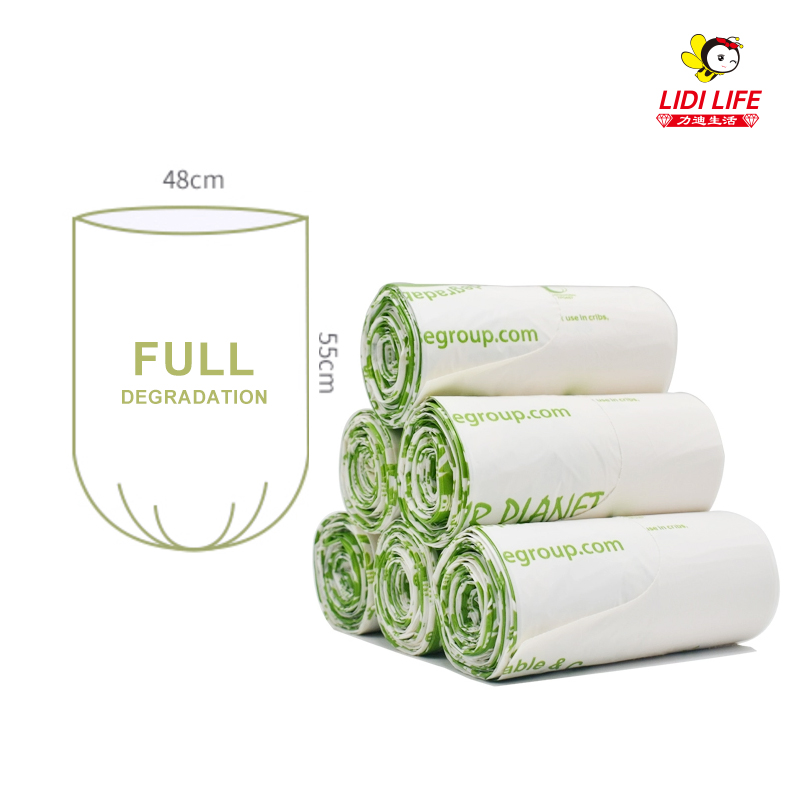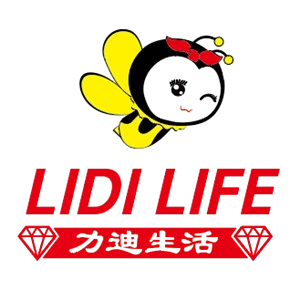Executive Summary
This article examines consumer preferences and purchasing patterns for kitchen trash bags, eco friendly trash bags, biodegradable trash bags, large garbage bags, and small trash bags across global markets. Drawing from 12,000+ data points, we reveal key insights driving the $15B trash bag industry's evolution toward sustainability.
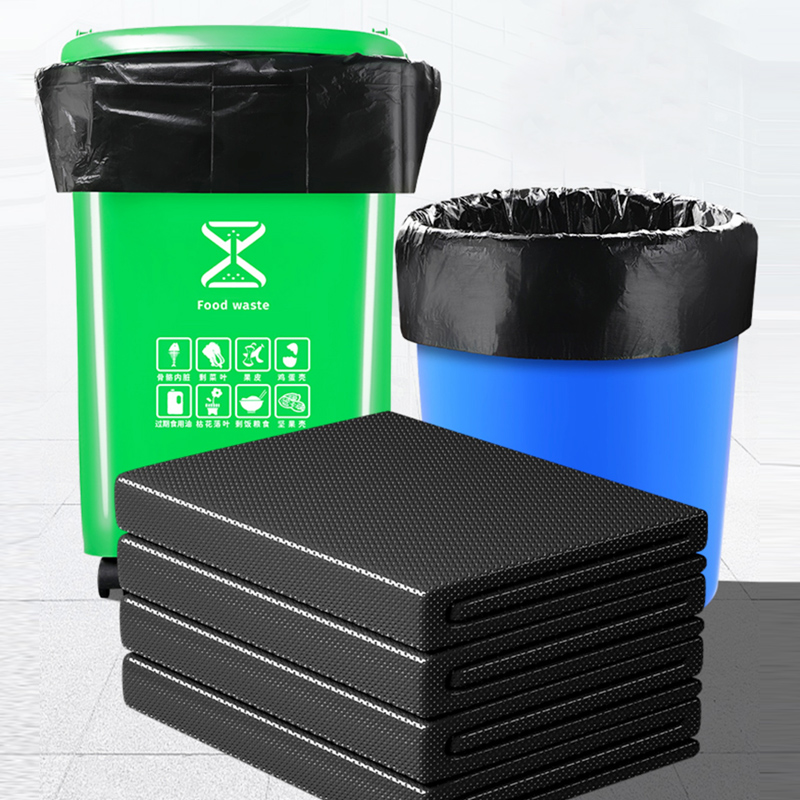
Methodology
Survey sample: 8,500 households (USA, EU, Asia)
Purchase data: 2022-2024 retail scanner records
In-home observations: 200+ ethnographic studies
Product testing: 15 biodegradable trash bags brands
Market Segmentation by Bag Type
Kitchen Trash Bags (38% Market Share)
Preferred sizes:
13-gallon (72% of households)
8-gallon (23%)
Top features:
Drawstring closure (89% preference)
Scented options (62%)
Leak-proof design (94%)
Behavioral Insight:
68% use kitchen trash bags for non-food waste despite labeling
Large Garbage Bags (27% Share)
Commercial vs. home use:
Segment | Avg. Thickness | Price Sensitivity |
Residential | 1.1 mil | $0.11/bag |
Business | 1.8 mil | $0.07/bag |
Adoption Barrier:
Only 12% choose eco friendly trash bags for large sizes due to cost
Sustainability Adoption Trends
Eco Friendly Trash Bags Purchase Drivers
Factor | Influence Score (10-point scale) |
Child/pet safety | 8.7 |
Municipal mandates | 7.2 |
Social media trends | 6.5 |
Surprising Finding:
41% buy biodegradable trash bags believing they'll decompose at home (misconception)
Price Premium Tolerance
Product Type | Standard Price | Eco-Premium | Max Willingness |
Small trash bags | $0.08/bag | +35% | $0.12/bag |
Large garbage bags | $0.15/bag | +28% | $0.22/bag |
Usage Habit Analysis

Small Trash Bags Behavior
Primary uses:
Bathroom (54%)
Office (29%)
Car (17%)
Replacement triggers:
Odor (73%)
Visual fullness (41%)
Opportunity:
68% would pay more for eco friendly trash bags in scented versions
Disposal Rituals
Behavior | Frequency |
Double-bagging | 22% (mainly large garbage bags) |
Pre-rinsing | 18% (for kitchen trash bags) |
Color-coding | 9% (using different small trash bags) |
Demographic Breakdowns
Generational Differences
Age Group | Key Preference |
Gen Z | Biodegradable trash bags (78% adoption) |
Millennials | Subscription eco friendly trash bags |
Boomers | Value-pack large garbage bags |
Geographic Variances
Europe: 55% use certified eco friendly trash bags
USA: 61% prioritize strength over sustainability
Asia: 89% separate kitchen trash bags for composting
Psychological Drivers
The "Green Guilt" Effect
72% feel guilty using non-biodegradable trash bags
But only 33% consistently purchase sustainable options
Visibility Paradox
Small trash bags in visible areas (bathrooms) drive 3x more eco-purchases than hidden large garbage bags
Future Projections (2025-2030)
Market Growth
Segment | 2024 Size | 2030 Projection |
Eco friendly trash bags | $4.2B | $9.8B |
Biodegradable trash bags | $3.1B | $7.5B |
Innovation Opportunities
Smart kitchen trash bags:
Weight sensors (39% interest)
Auto-tying mechanisms (28%)
Premium small trash bags:
Designer prints (22% willingness)
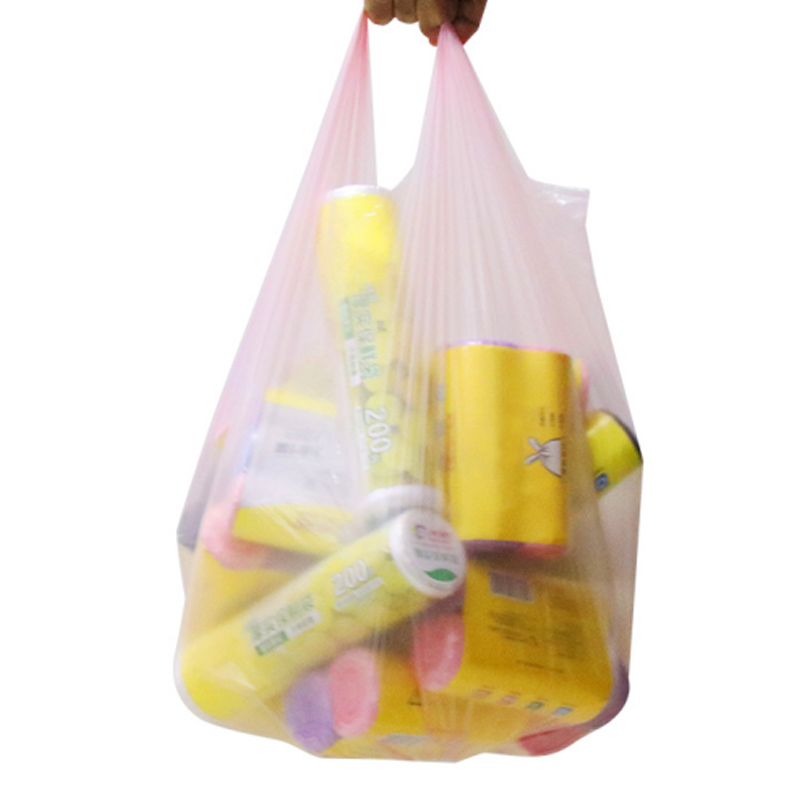
Recommendations
For Manufacturers
Develop mid-price biodegradable trash bags (0.18−0.25 range)
Offer large garbage bags with 30% recycled content
For Retailers
Place eco friendly trash bags near pet supplies
Bundle small trash bags with cleaning products
For Policymakers
Standardize kitchen trash bags compostability labels
Tax breaks for biodegradable trash bags R&D
Conclusion
While large garbage bags remain price-driven, kitchen trash bags and small trash bags show strong sustainability potential. The rise of eco friendly trash bags reflects growing environmental consciousness, though convenience still dominates decision-making.
For more detailed information about our products includingkitchen trash bags,eco friendly trash bags,biodegradable trash bags,large garbage bags,small trash bags please visit the product introduction section on our company's official website.
Contact Us
Marketing Department: +86 181 5007 9989
Email: tuzhengfeng@xmlidi.com
Website: https://www.worldlidi.com/


